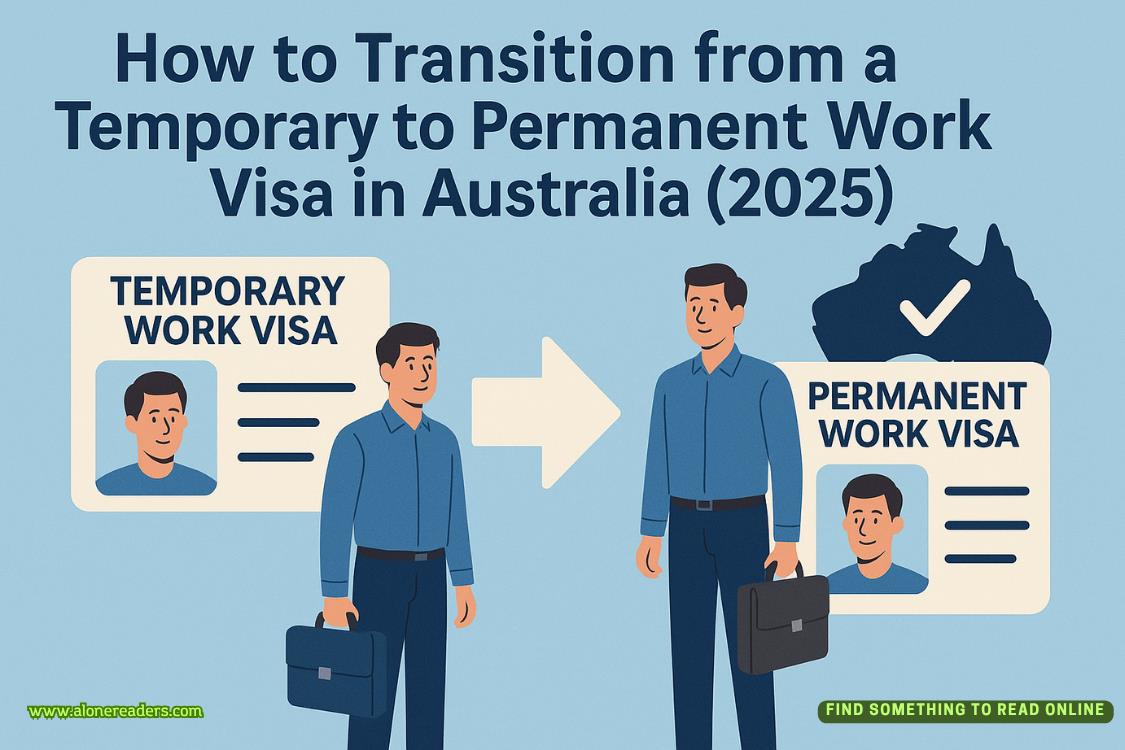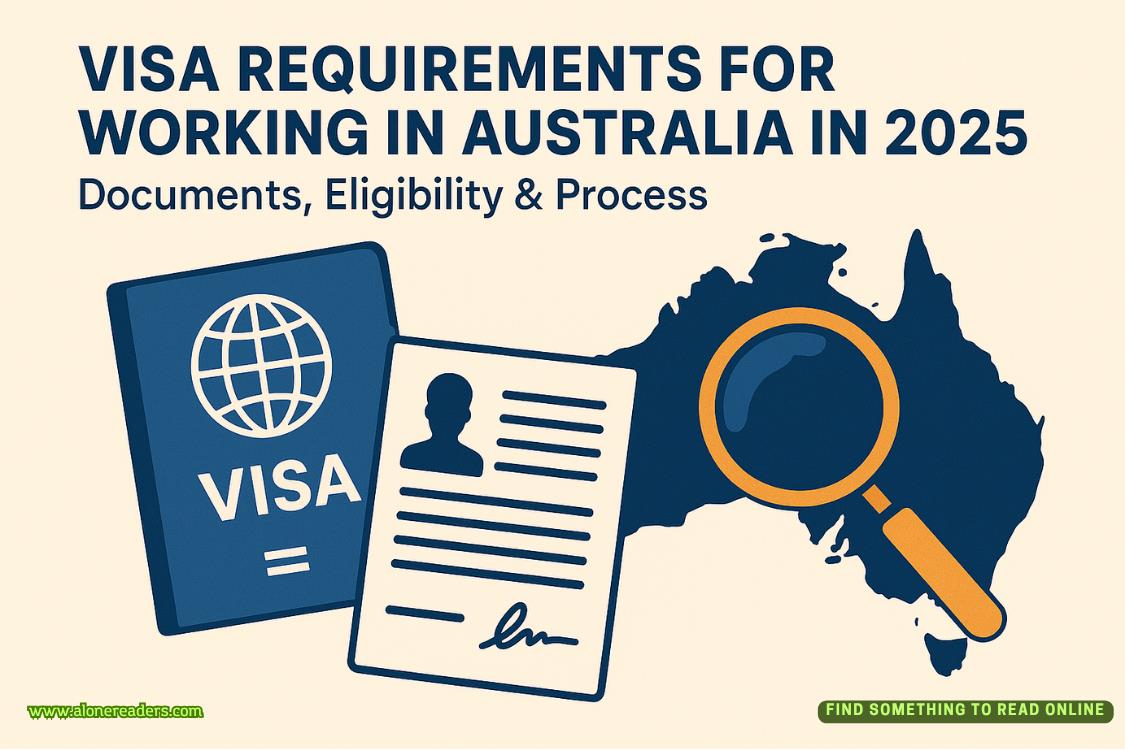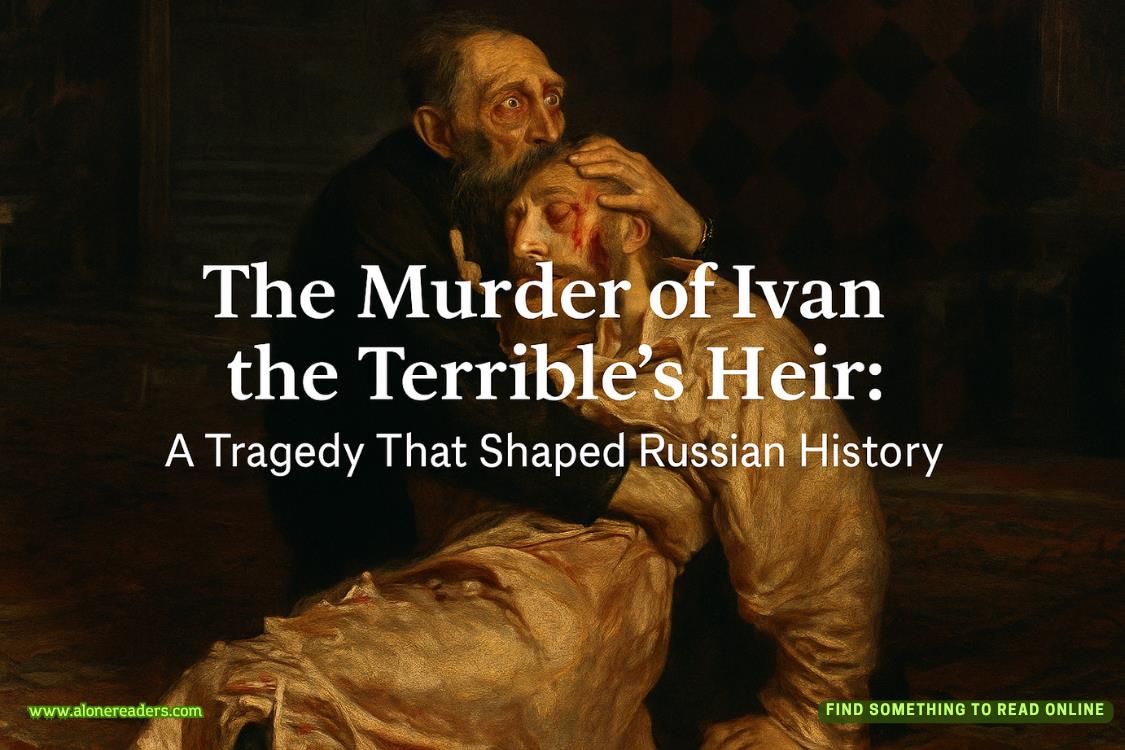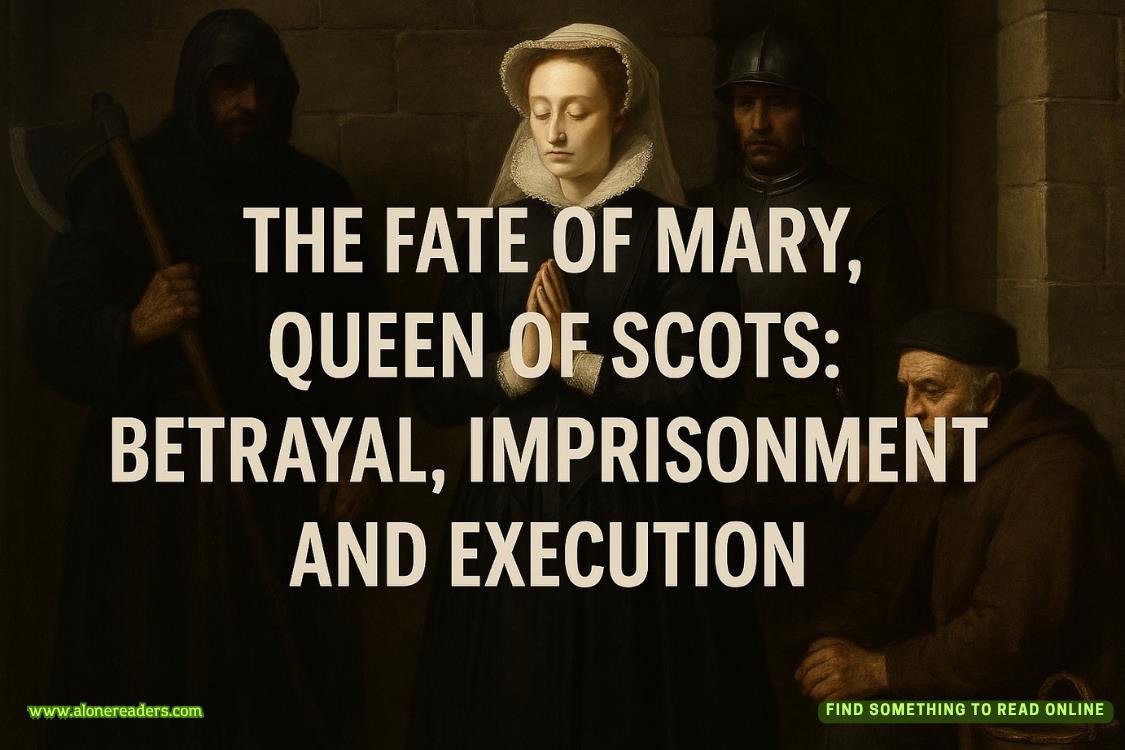Page 75 of The Mafia King's Baby
“We’ll continue this conversation tomorrow.” Lipsey hands me his business card and looks at Leonid. “Explain to your friend that obstruction of a federal investigation is itself a federal crime.”
Before he can speak, I say, “I’m not obstructing anything. I’m protecting evidence until I can be sure it won’t be misused.”
As they eventually let me and Leonid leave the destroyed apartment, I look back at the bullet holes in the walls and the blood on the floor. The evidence of what really happened here is clear to anyone willing to see it objectively. The question is whether objectivity will survive the collision with federal bureaucracy and prosecutorial ambition.
26
Yefrem
The interrogation room smells of industrial disinfectant and stale coffee, with fluorescent lights blinding overhead and gray walls designed to make suspects feel isolated and vulnerable. I sit across from Federal Prosecutor Rufus Lipsey and Assistant Director Patricia Hendricks, my hands free for the first time in four hours but still bearing the red marks where zip ties cut into my wrists during transport and processing before I found myself in this room.
Lipsey arranges files on the metal table between. He’s mid-fifties, with steel-gray hair, and wearing the kind of expensive suit that doesn’t wrinkle even at this hour and suggests success in federal prosecution. His gaze holds the sharp intelligence of someone who’s made his reputation destroying criminals more sophisticated than most people realize exist.
Patricia sits beside him, the cuts on her face cleaned and bandaged but still visible reminders of how close she came to death. She’s changed from her civilian clothes into a freshpantsuit, projecting the professional authority of someone who’s survived twenty years in federal law enforcement, but I see her touching her ribs occasionally, specifically the spot where my body weight pressed against her when I shielded her from gunfire.
“Before we begin, I want to understand exactly what you’re offering and what you expect in return.” Lipsey opens a legal pad and positions his pen with the kind of deliberate movement that suggests every word will be recorded and analyzed. “This conversation is being recorded, and anything you say can be used in federal prosecution.”
“I understand.” I lean back in the uncomfortable chair, projecting the calm confidence that comes from years of high-stakes negotiations. “What I’m offering is the complete destruction of the corruption network that Marcus Lang built within the Bureau. What I expect in return is immunity for myself and protection for innocent people who got dragged into this situation.”
“Let’s start with what you can prove.” Patricia’s voice carries professional skepticism mixed with something that might be curiosity. “You’ve made serious allegations about Bureau corruption, but allegations aren’t evidence.”
“I need access to a laptop with internet capability.” I meet her gaze directly. “The evidence is stored on secure servers that require specific access protocols. I can walk you through everything we’ve documented, but I need the proper equipment to do it.”
Lipsey and Patricia exchange glances, some silent communication passing between them, and he shakes his head. “That’s not standard procedure for interrogations.”
“This isn’t a standard interrogation. You’re not trying to get me to confess to crimes I’ve committed. You’re trying to understand crimes that were committed against me and others.” I keep my voice level and reasonable. “The question is whether you want to see evidence that could save federal agents’ lives, or if you want to follow procedures that let corrupt agents continue operating.”
After another exchange of glances, Lipsey nods toward the door. “I’ll arrange for supervised computer access.”
Twenty minutes later, a laptop sits open on the table between us, its screen displaying the secure login portal I’ve used to access our evidence database. My fingers move across the keyboard with muscle memory, entering passwords and navigating through encrypted directories that contain months of investigation work. I only access one cache of data, having no intention of giving them everything until we have a deal.
“This is the financial analysis Leonid conducted.” I open the first set of files containing spreadsheets showing bank transfers, shell company formations, and payment schedules that correspond exactly with federal case outcomes. “Every transaction is documented and cross-referenced with court records and case dispositions.”
Lipsey leans forward to study the data, clearly processing what he’s seeing. “These amounts correspond to specific cases?”
“Down to the dollar. Agent Torres received fifty thousand dollars three days before the Vasquez cartel case fell apart due to ‘contaminated evidence.’ Agent Sullivan got seventy-five thousand the week before a major trafficking bust was delayed long enough for the targets to disappear.”
I click through screen after screen of documentation, each one building the case against Lang’s network with mathematical precision. Patricia takes notes, occasionally asking for clarification about dates or amounts, but mostly absorbing the scope of corruption we’ve uncovered.
“This goes beyond individual agents taking bribes.” Lipsey’s voice carries the kind of grim recognition that comes from understanding systematic criminal enterprise. “This is organized conspiracy involving multiple field offices.”
“Lang wasn’t just a corrupt agent building his own criminal empire from within the Bureau. He was bankrolled by crime families, had agents on payroll, judges in his pocket, and was systematically eliminating anyone who threatened his operation, including other federal agents who were getting too close to the truth.”
I open another directory, this one containing surveillance footage and communication intercepts. “Here’s Lang meeting with Tikhon Belov ten months ago, negotiating the hit on my Las Vegas compound. Lang wanted me to pay tribute for operating in his territory, and when I refused, he arranged for the Belovs to eliminate me and my people.”
The video shows Lang and Belov in what appears to be a restaurant back room, their conversation inaudible but their body language suggesting business negotiation rather than law enforcement activity. Time stamps prove the meeting occurred two weeks before my compound was attacked.
“Several of my people died in that attack.” I keep my voice steady despite the memories the footage brings back. “Lang’s greed and ambition led to multiple murders, including several Bureauagents whose deaths were made to look like organized crime hits.”
Patricia stops taking notes. “Which agents?”
“Agent Rebecca Santos, killed in what appeared to be a carjacking but was actually eliminated because she was investigating financial irregularities in the Miami field office. Agent Michael Gossling, supposedly killed during a drug bust gone wrong, but actually murdered because he was tracking payments to corrupt prosecutors.”
I open files containing their case records, including documentation showing how their legitimate investigations intersected with Lang’s criminal activities. “In both cases, the agents were getting close to exposing corruption when they were conveniently killed in ways that looked like crimes or occupational hazards.”
Lipsey studies the evidence with the kind of focus that suggests he’s beginning to understand the full scope of what Lang created. “You’re alleging that a federal agent was running what amounts to his own organized crime family.”
“That’s exactly what I’m alleging, and I can prove it.” I navigate to another encrypted directory. “Lang had a blueprint for consolidating control over organized crime through blackmail and murder. His plan was to eliminate competing criminal organizations and corrupt enough federal personnel to create his own version of law enforcement.”















